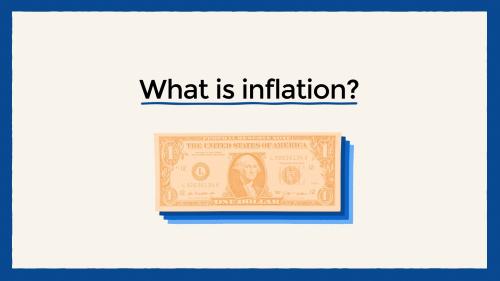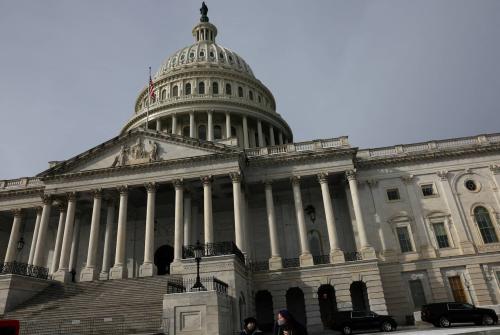Introduction
Tax policy has played a central role in the Bush administration. Three noteworthy pieces of tax legislation have been enacted during the administration’s tenure: The 2001 tax cut phased in significant reductions in income tax rates, reduced and eventually repealed the estate tax, and provided additional tax breaks for saving, education, families with children, and married couples. Legislation in 2002 significantly reduced the tax burden on new business investments. The 2003 tax cut substantially reduced the taxation of dividends and capital gains, and accelerated the phase-ins of the 2001 tax cuts. All of those tax cuts are temporary, though. Outside of the legislative arena, the administration has promulgated regulations that make it easier for firms to immediately deduct investment costs. Taken together, those policies and proposals represent a major shift in the structure, incentives, revenues, and distributional effects of the American tax system.
This article is the first of a series that summarizes and analyzes those policies and proposals. The series has two broad goals: to describe, interpret, and assess what has happened, and to examine the consequences of making the tax cuts permanent.
This article provides background information intended to help frame the issues analyzed in subsequent articles. Those articles will examine the distributional effects; tax cuts and fiscal policy; the effects on long-term growth; the effects as a short-term stimulus; the effects on government spending; and the extent to which the tax cuts serve as an effective prelude to fundamental tax reform.
Section II below summarizes the policies and rules that have been enacted to date. A complete examination of the tax policies, however, requires specification of more than just the actual provisions of recent legislation. As noted above, all of the legislated tax provisions expire before the end of 2010, so some treatment of the expiring provisions must be established. The tax cuts create significant interactions with the alternative minimum tax that are widely regarded as unsustainable but that influence the revenue, distributional, and other effects of the tax cut. And the enacted pieces of legislation contain no apparent means of paying for the tax cuts. While these issues may at first seem like diversions, their resolution is absolutely central to any evaluation of tax policy over the last four years. Sections III, IV, and V provide background information on these issues and describe the assumptions that we employ in subsequent analyses. Section VI is a short conclusion.



Commentary
Bush Administration Tax Policy: Introduction and Background
September 13, 2004